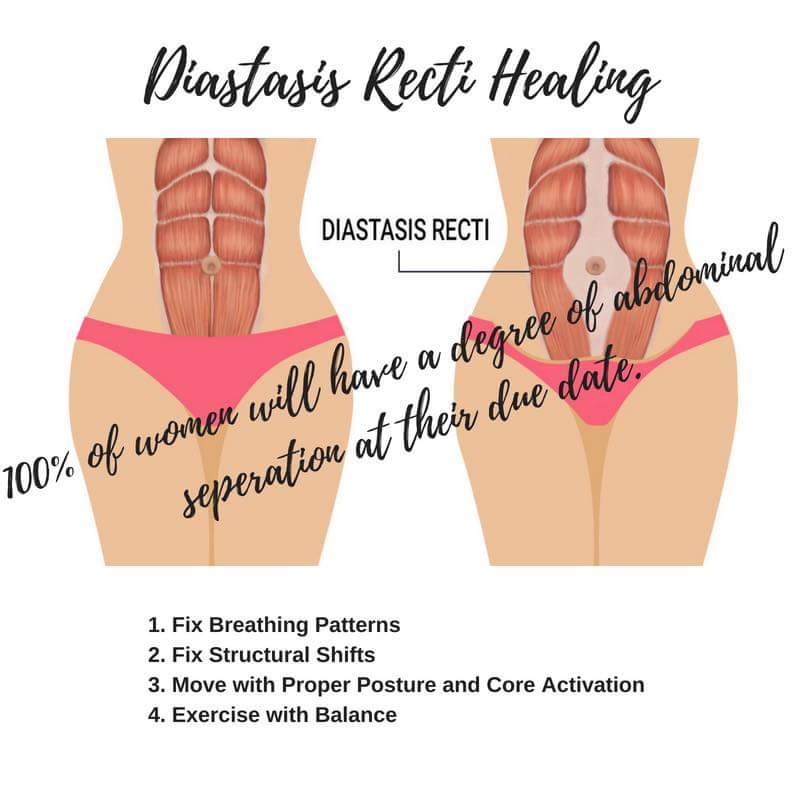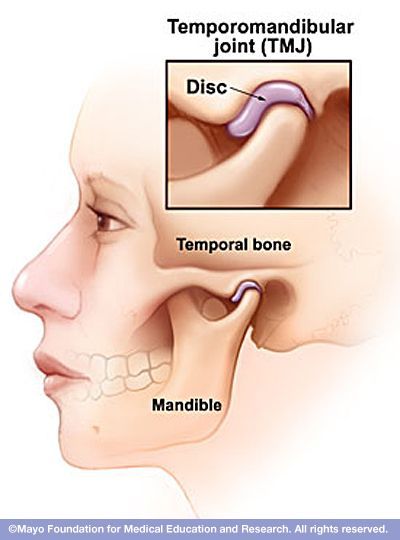Lower Cross Syndrome
Posture, Balance, Coordination

What is Lower Cross Syndrome?
The term ‘Lower Cross Syndrome’ stems from the muscular dysfunction that is in the lower portion of the body. The ‘cross’ is due to a combination of tight muscles and weak muscles, which from a side view are seen as an X.
Consists of Hypertonic or Tight:
Quads
Erector Spine Muscles
Hip Flexors (Psoas)
Causes: Ergonomics

Lower cross syndrome is directly related to the muscles, which is why home therapies are important. Chiropractic adjustments help the dysfunctional joints to regain a normal range of motion. Stretching
the tight muscles associated with lower cross syndrome and strengthening
the weakened muscles will subdue the cross pulling dysfunction.
The resulting pain from the pulling in lower cross syndrome is what sets many patients off to call for an appointment. It is very important to understand that the perceived pain is only a small factor that plays into what the nerves transmit. We urge our patients to continue these home therapies and regular chiropractic
adjustments
even after the pain goes away, there is likely still joint dysfunction due to the muscle involvement.
Stretches and Exercises
Always do each exercise and stretch to your tolerance. LISTEN to your body and recognize the difference between discomfort and pain
.
Stretches: hold for 20-30 seconds each. Repeat 3 times and perform 2-3x/day
Exercises: 3 sets of 15 reps each. Perform 2-3x/day of to tolerance

Hip Flexor Stretch
To stretch the hip flexors, namely the iliopsoas muscles, push the the pelvis down while slightly arching the back

Erector Spinae Stretch
with arms extended overhead and palms on the floor, round your back and walk your fingers while lowering your head until a stretch is felt. Hold this position for 20-30 seconds repeating 2-3 times

Front Bridge Exercise
The front bridge or plank, should be held for as long as possible. Beginners may modify this position on their knees rather than toes until adequate strength is built up. Beginners may only be able to hold this position for 5-10 seconds, it’s important to get at least a minute of combined time to strengthen the weak abdominals.

Back Bridge Exercise
Begin by laying with your back on the floor bringing your knees up and feet flat on the floor. This exercise can be done with or without a band just before the knees. Position two has you lifting and squeezing your glutes, pelvic floor, and abdomen as your raise up towards the ceiling. If the band is placed around the knees as you lift your pelvis up spread the knees hip distance apart and hold for a 5 seconds. Perform 2-3x/day 3 sets with 15 reps each.

Bird Dog Exercise
The ‘Bird Dog’ is performed by alternately raising opposite arms and legs, briefly holding the position for a few seconds. This will help strengthen the weak gluteus maximus along with the abdominals. Performing these stretches and exercises along with chiropractic treatment may drastically decrease the pain associate with lower cross syndrome









